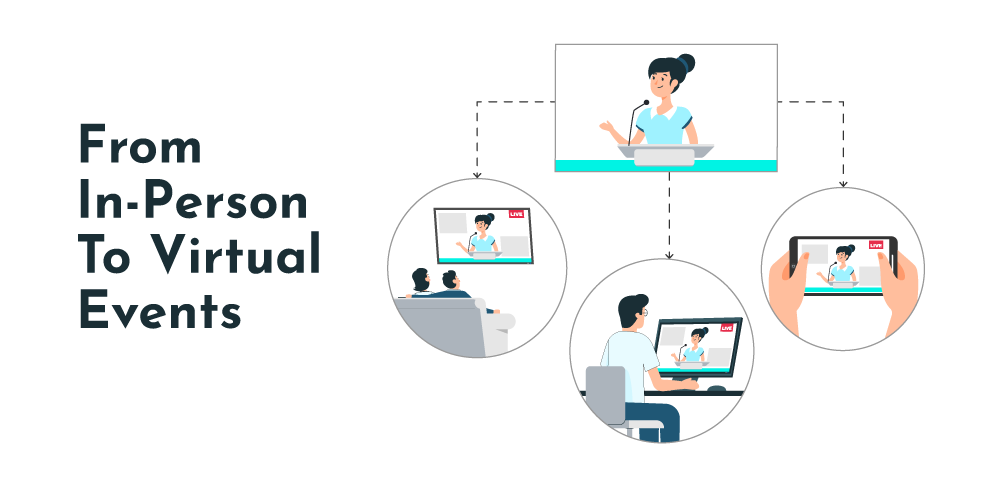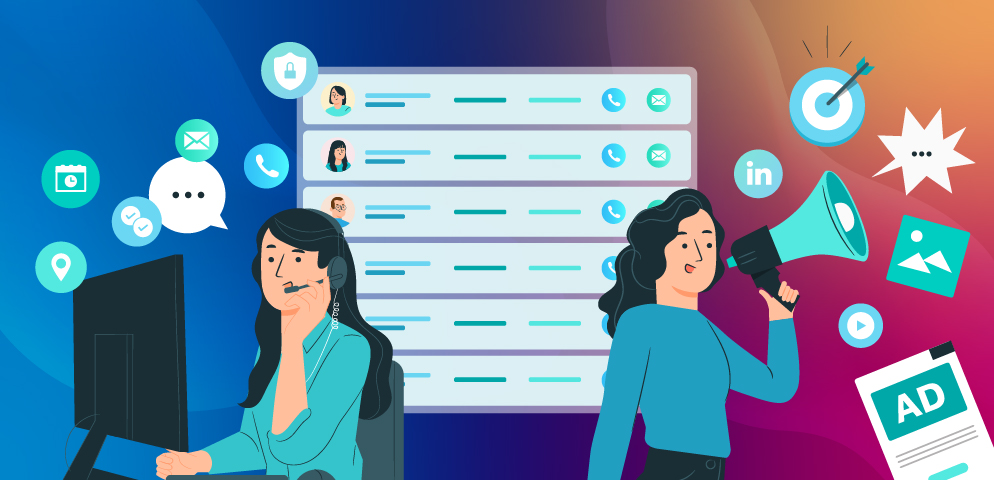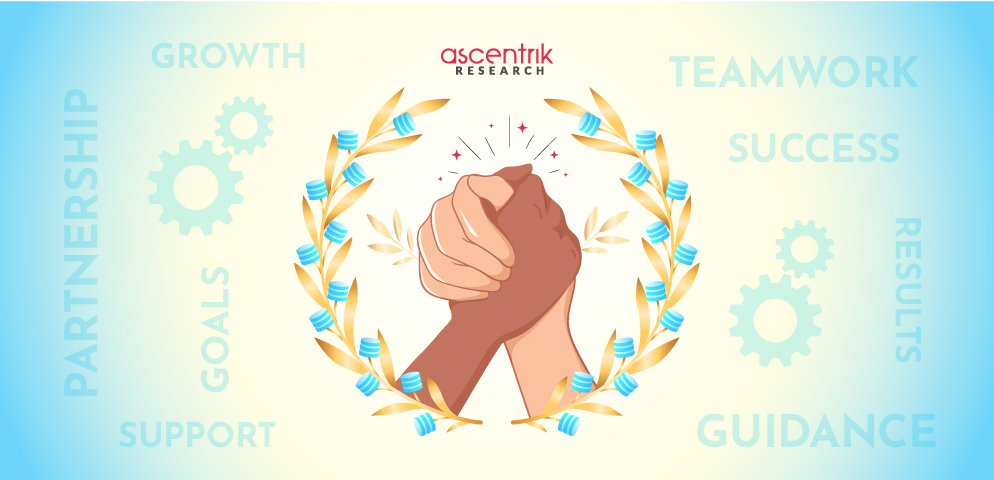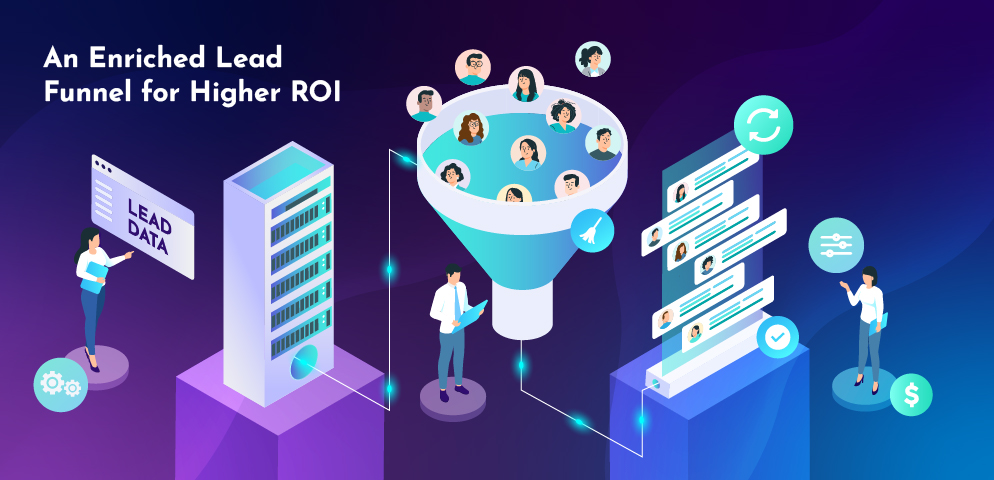
Making a Successful Transition to Virtual Events
There’s no doubt that event organizations around the world have changed the way they function, starting with the entire staff working from home. But one major problem this industry has to deal with is the postponing of all or most events. As we discussed in the previous post, a lot of organizations have begun transitioning to virtual events and have seen good success. Technology has helped Livestream engaging events, and audiences who can’t or don’t wish to travel have been welcoming this option. In this post, we will discuss the ways in which any organization can easily transition to this new approach with ease.
A virtual event relies on content, technology, and data, with strategy and planning. We need to translate the value of face-to-face interaction as much as possible to the virtual space. By being equipped with the right tools and techniques, you will be able to create an engaging and rewarding experience.
What are the various types of virtual events you can choose to conduct?
Webinars – In a webinar, one or more speakers present the content, while attendees from around the world participate. This requires video conferencing tools with the ability to hold a Q and A session and play a prerecorded video, which can later be available on demand. Webinars have been used with success for educational purposes.
Virtual Conferences or Events – They can be online, multi-session events, along with keynote presentations, breakouts, interactive features, etc.
Hybrid Events – These are a combination of in-person and virtual events. This allows for accommodating fewer attendees at the venue, while providing the same content to those attending virtually, with the help of pre-recorded videos and webinars.
These are very useful when budgets are constrained, or when attendee accessibility is a problem, like in the current scenario of travel bans.
How do you ensure virtual events are a success?
Effective content plays a major role in event success. Presentations, keynote speeches, and webinars need to be engaging enough to keep the audience interested.
Marketing and promotions are very important for targeting the right audience, especially email marketing can create demand for an event and increase registrations. For this, you need the right delegate data, as well as lists of speakers and sponsors. Accurate databases will help you target the right attendees and ensure your marketing and sales budget is used effectively.
Finally, you need to measure engagement and capture attendee data. This will give you enough intelligence to plan future events, and check your ROI. You must remember that you won’t be able to generate leads onsite, but data can be gathered virtually so that follow-ups and sales meetings can happen soon after the event.
Looking at data collected after the event helps you understand your audience better, reach out to them more effectively, and target lookalike audiences.
The right use of technology, planning, and data both before and after the event, can help in creating a successful event during the rest of this year, and into the future. Virtual events will always be a great way to cut costs and get around travel constraints while providing almost all the benefits of in-person events.
How to build an effective b2b lead list for cold calling and advertising
B2B lead lists, or prospect lists, have become an important aspect of businesses in today’s economy. By having a targeted list of potential customers, you can focus your efforts and resources on those who are more likely to be interested in your product or service, increasing your chances of success. Some of the major applications of a B2B lead list are cold calling, advertising and email marketing.
Reaching out to new prospects and eventually converting them into customers is directly proportional to a company’s growth and increasing revenue; therefore, leveraging a high-quality B2B lead list is beneficial for your marketing and sales teams.
Ascentrik Growth Story 2022 2023
B2B Data validation and enrichment is the practice of refining your existing CRM database by eliminating redundant and unwanted contact information and appending additional data points to your prospects’ records like phone numbers, industry, size of the company, designation, etc. It is one of the most beneficial practices for both your marketing and sales teams.
Refreshing your email list can be seen as an ongoing process during your marketing campaigns, as it allows you to source highly qualified leads, which enables targeting the right person with the right message. It can help your sales team with customer segmentation and lead scoring, allowing them to create personas for your prospects and craft a personalised sales pitch, improving the chances of converting them into customers.
But what is the most profitable method to get this highly valuable task done? Is it software tools for automated data enrichment or tools enhanced with data research by a team of experts? Find out the benefits of both in the article below.
How Contact Data Enrichment helps in converting more Leads
Customised contact and company data enrichment for niche targets, using automation and a team of researchers


